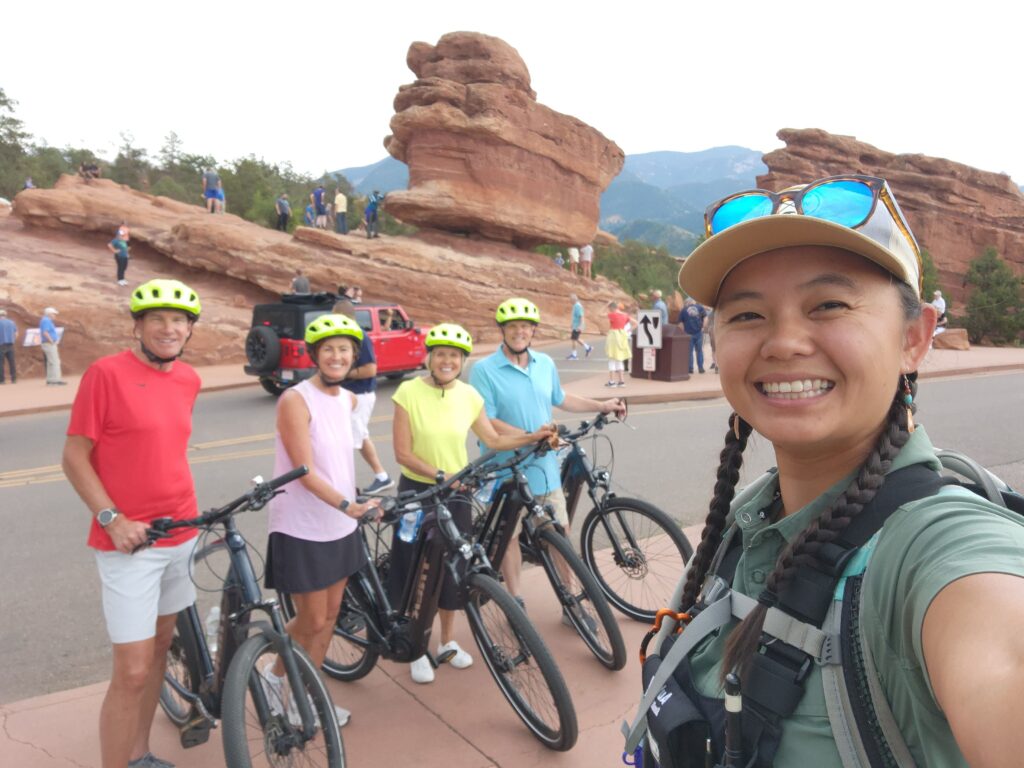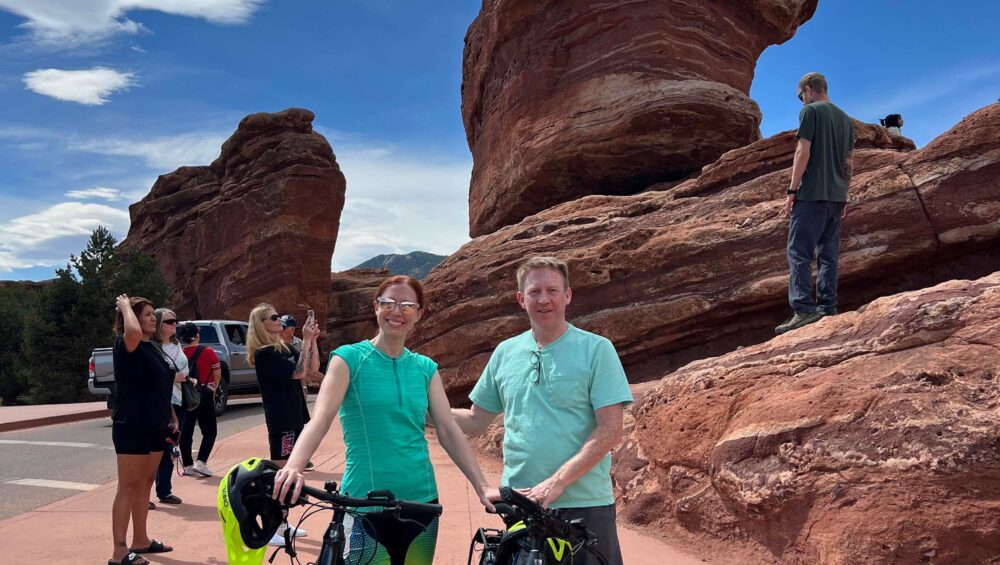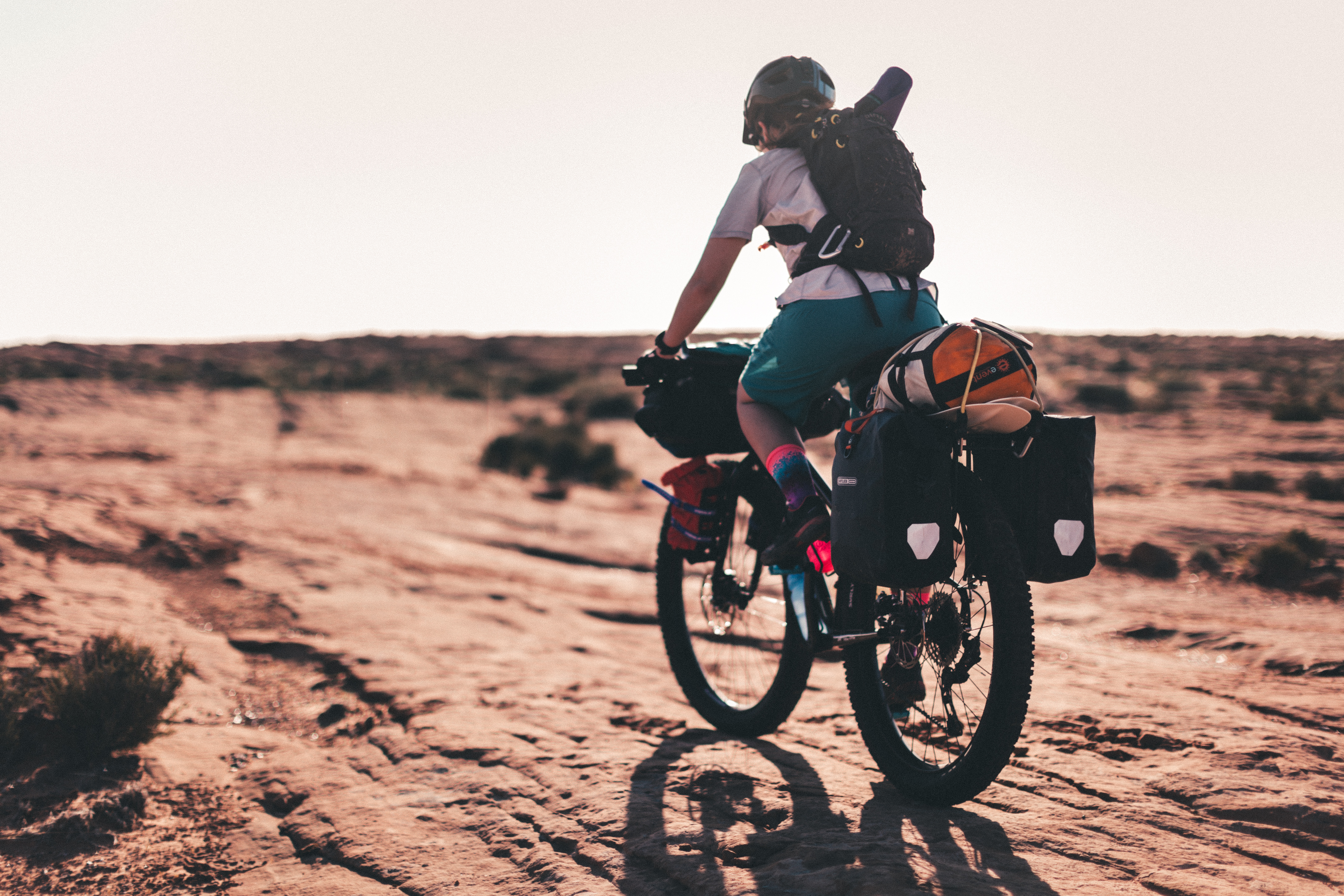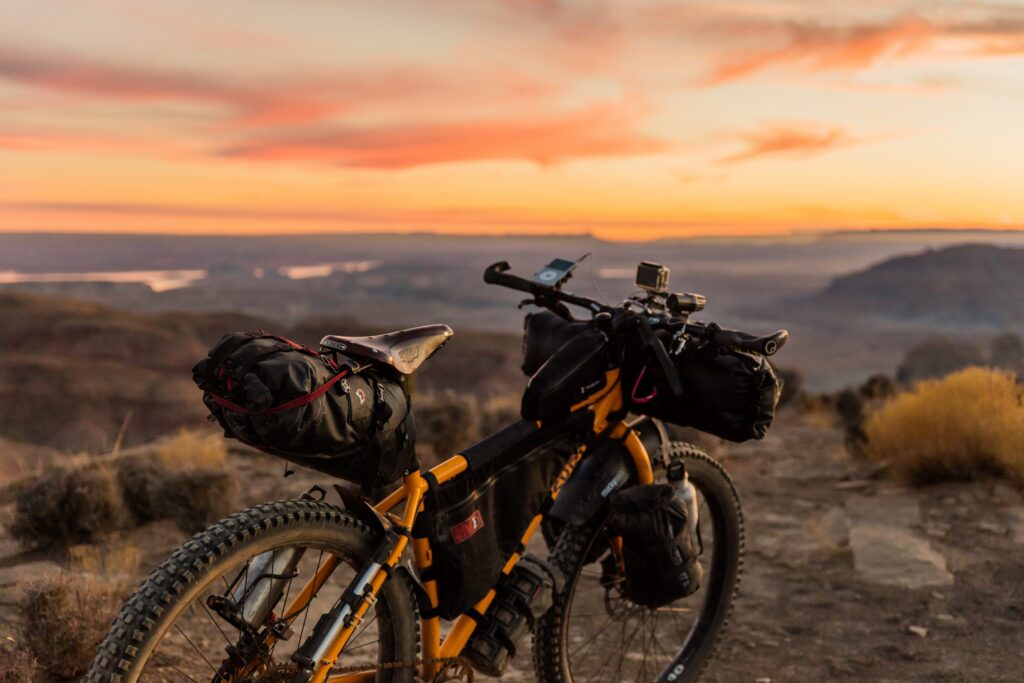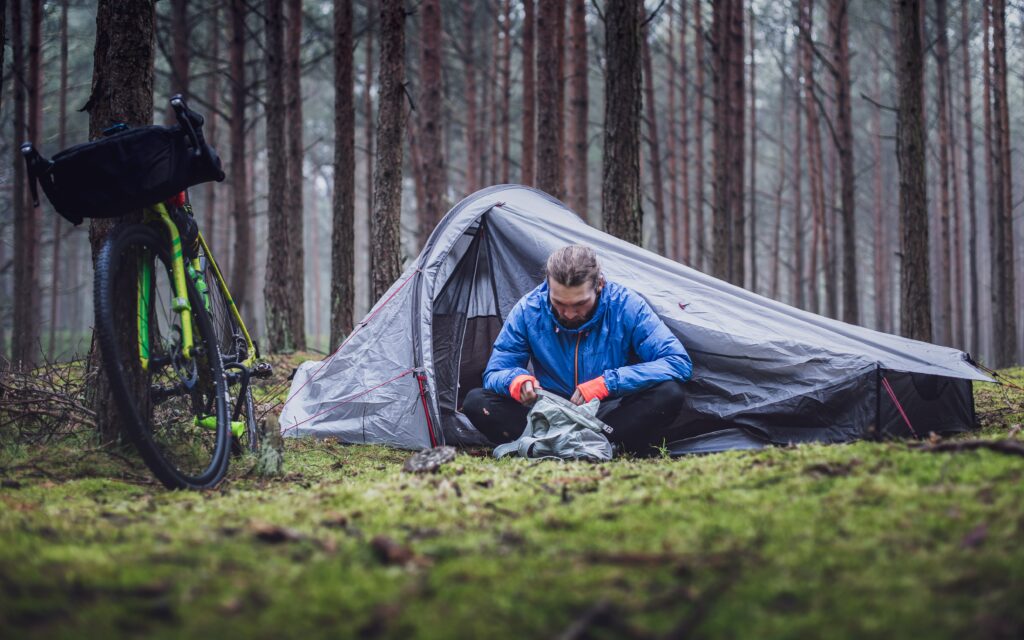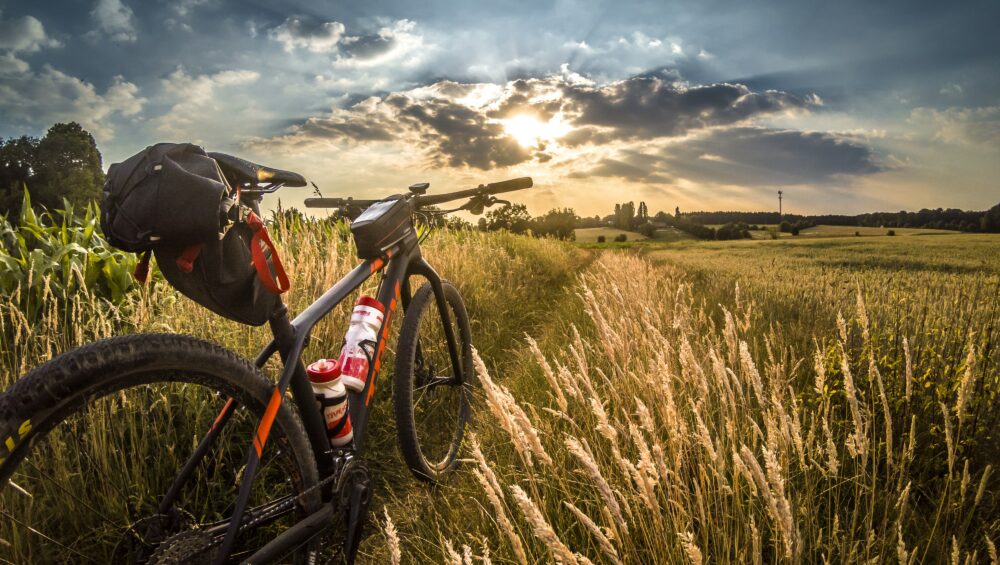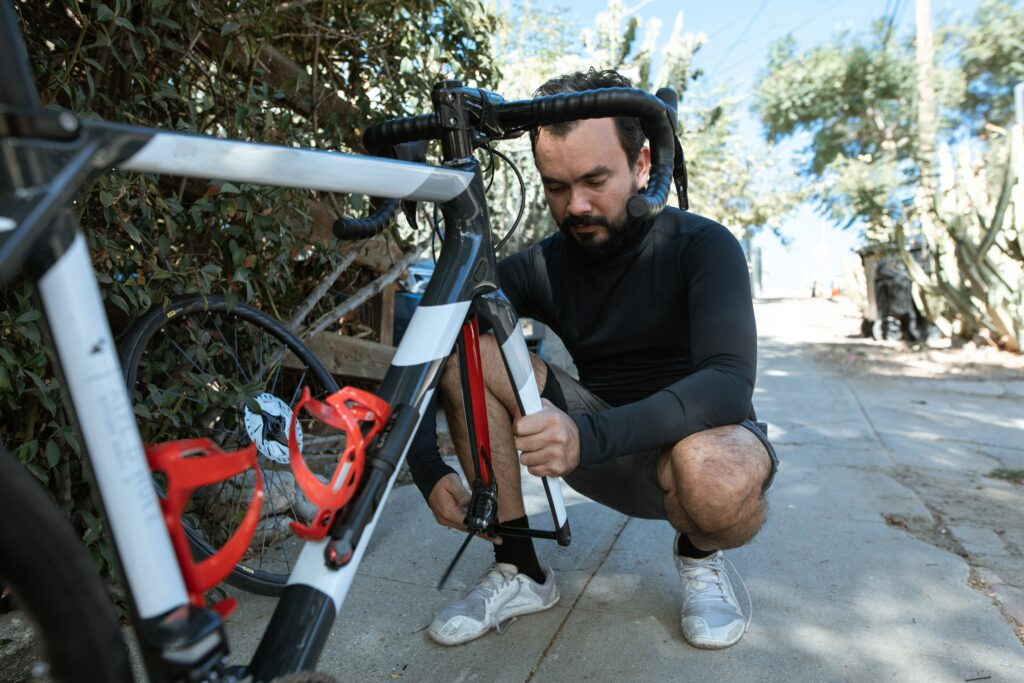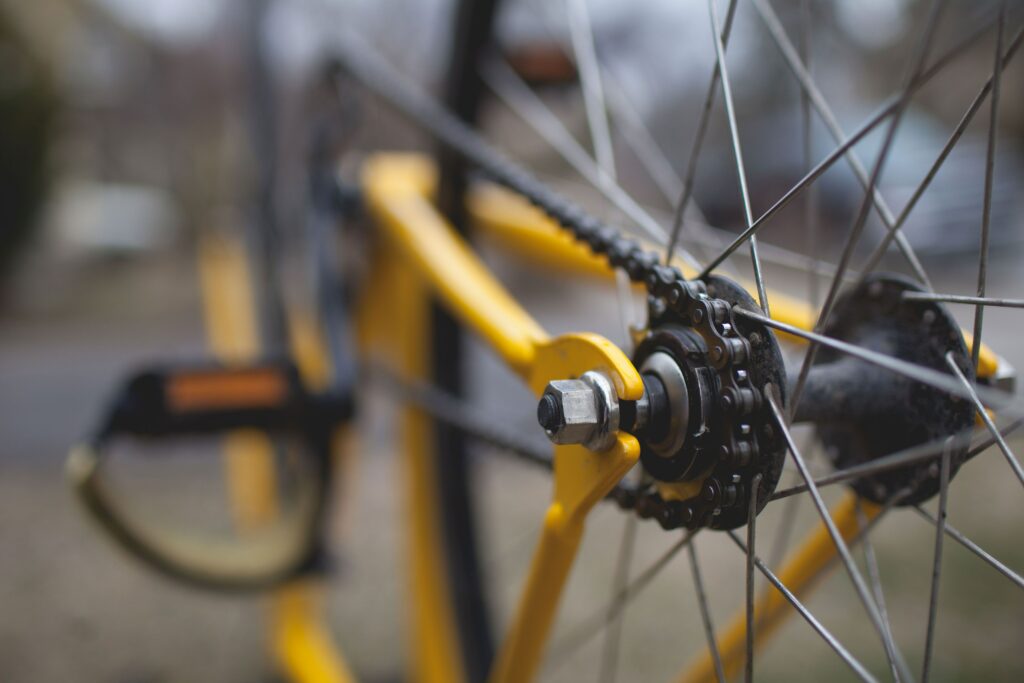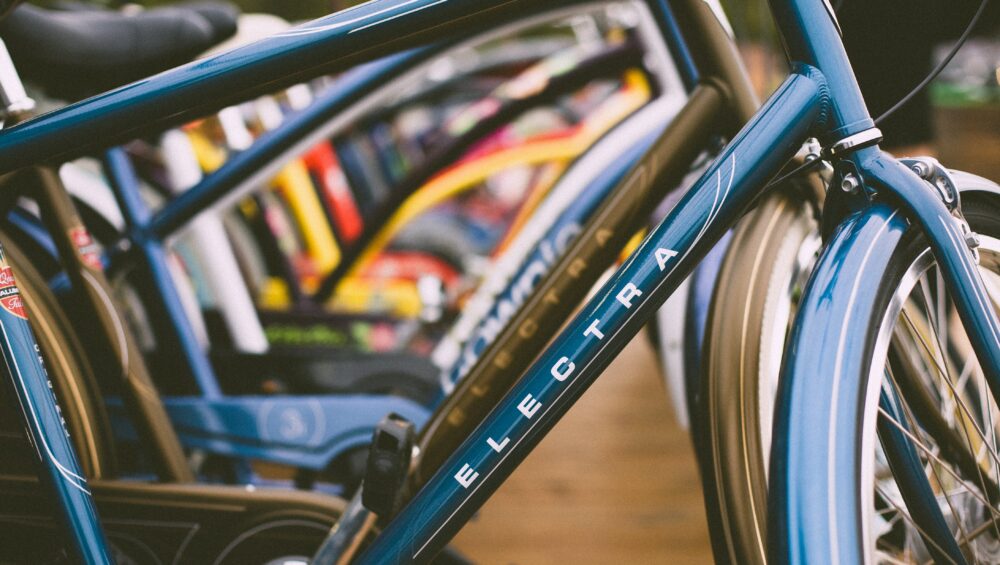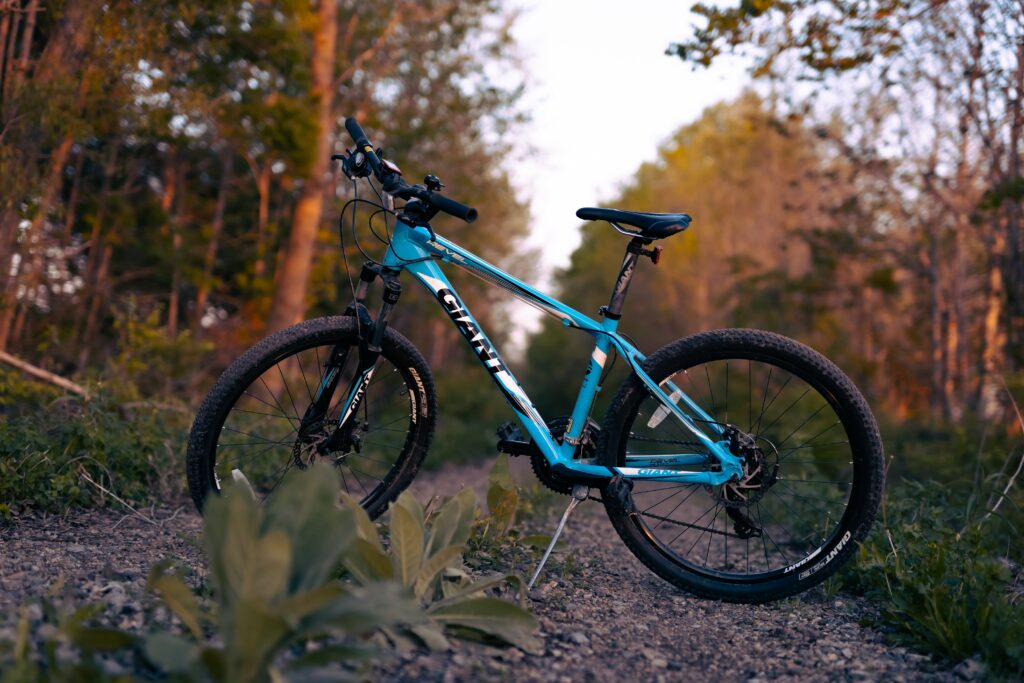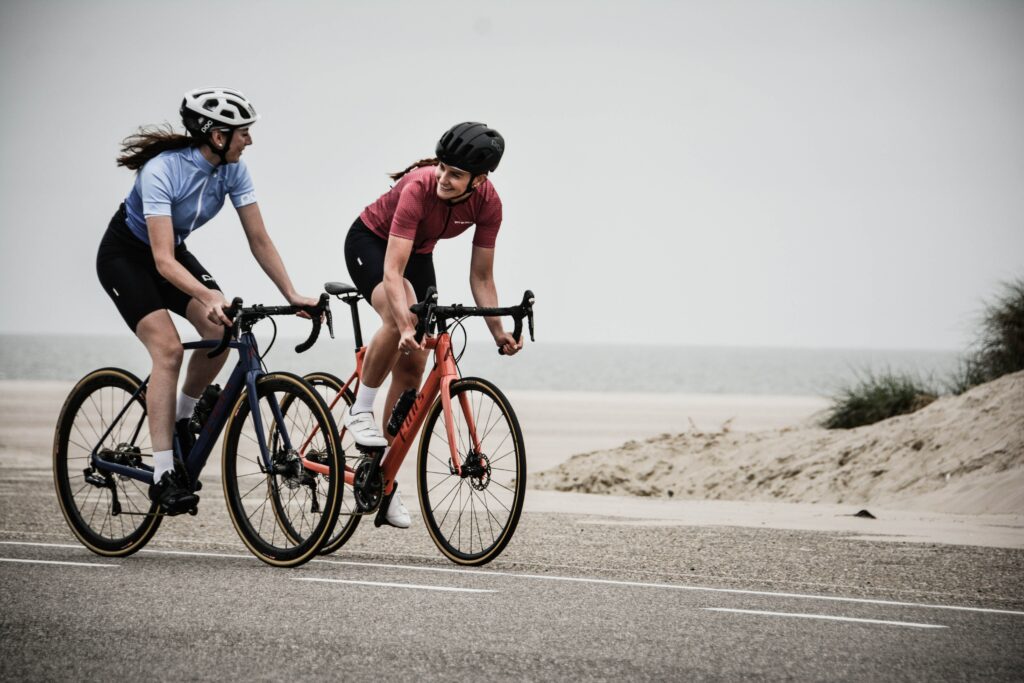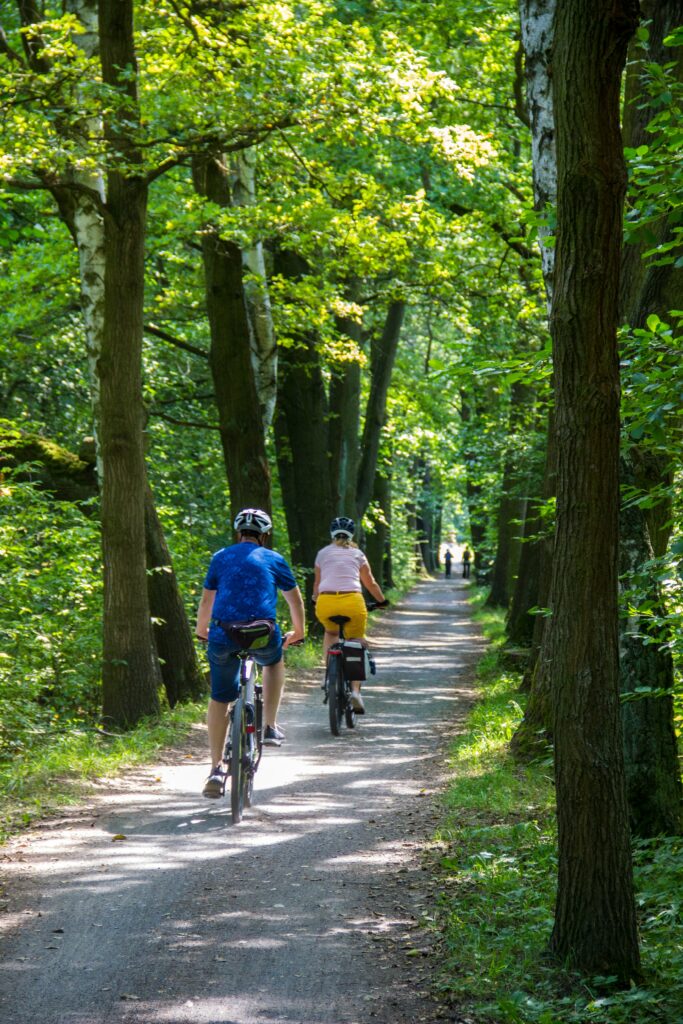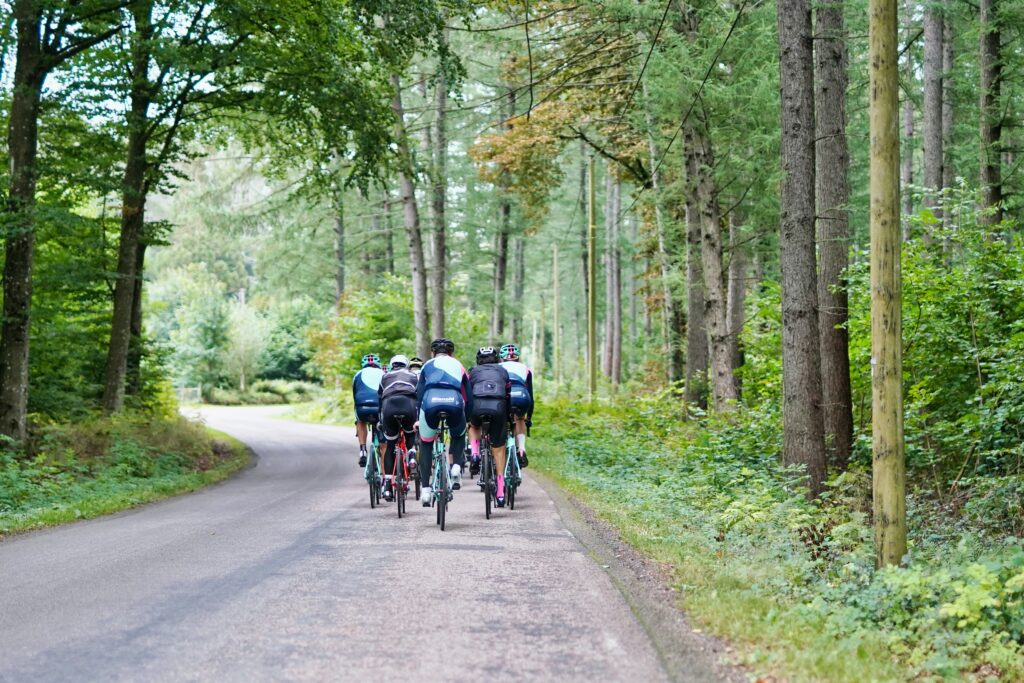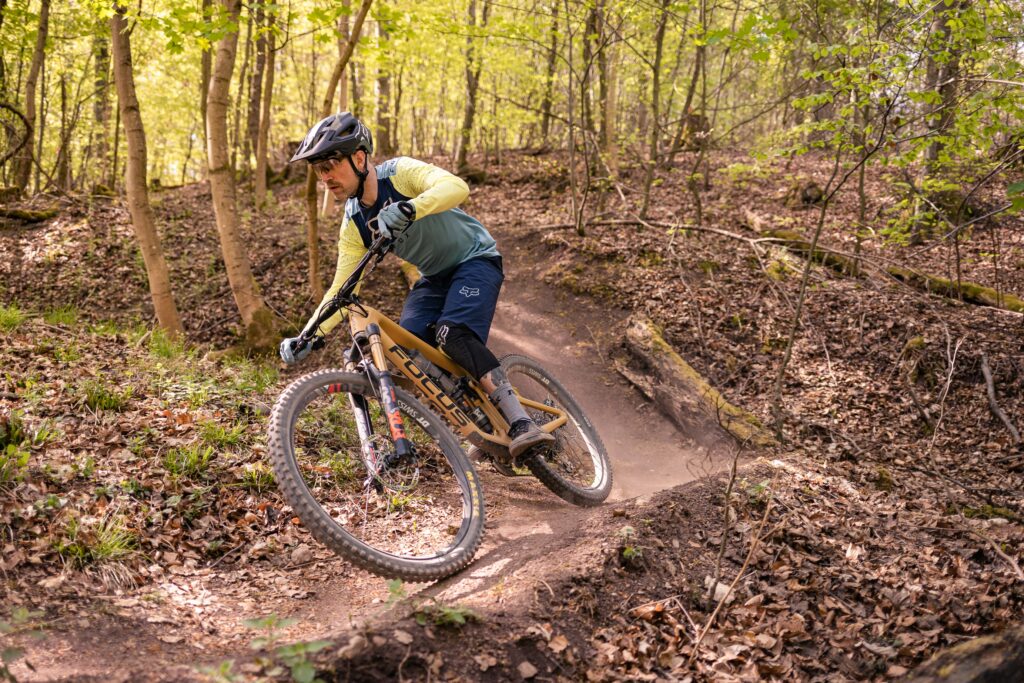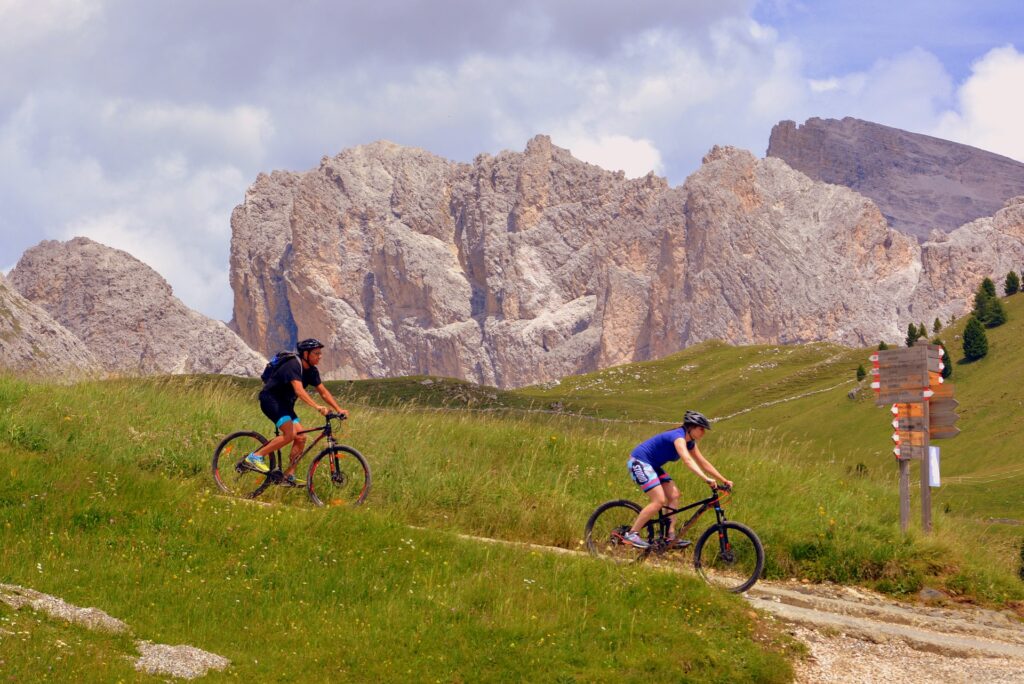Whether you’re flying in for the weekend or road-tripping through the Rockies, Colorado Springs is a must-ride destination for mountain bikers. Here’s your guide to the best mountain biking trails in Colorado Springs.
Why Colorado Springs Is a Mountain Biking Hotspot
With its mix of red rock formations, alpine trails, and desert ridgelines, Colorado Springs offers a little bit of everything for mountain bikers. The region is home to both high-desert and forested terrain, providing year-round riding opportunities and a wide range of difficulty levels. And for visiting cyclists, trailheads are typically within 15–30 minutes of downtown. This makes it easy to hit the trail even on a tight schedule.
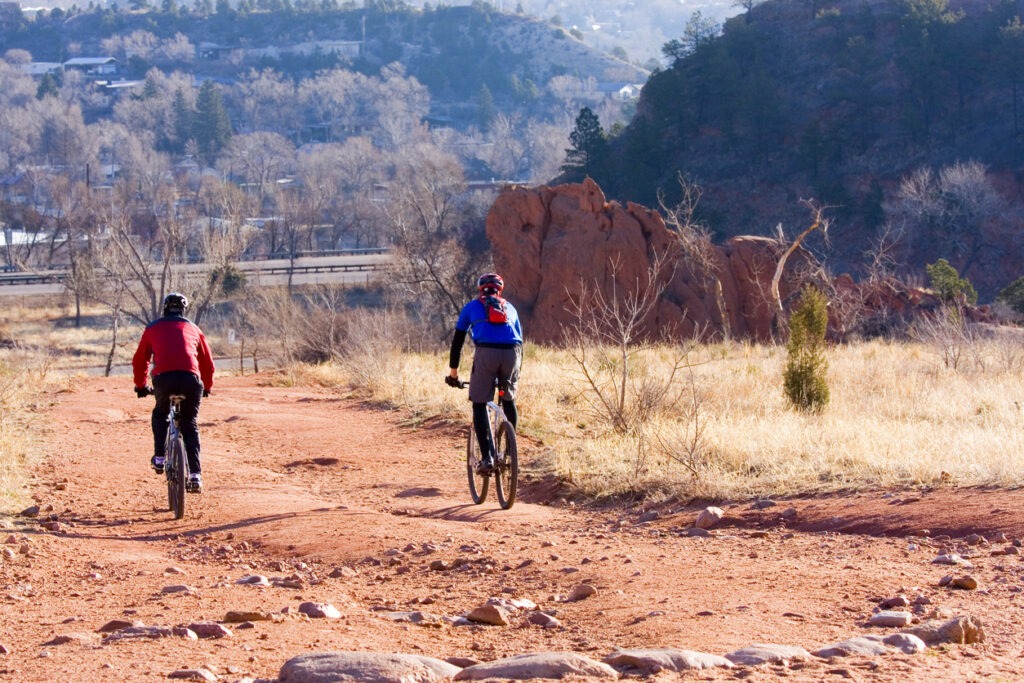
Must-Ride Mountain Biking Trails in Colorado Springs for First-Time Visitors
A top pick for visiting riders is Red Rock Canyon Open Space. Located near downtown, this park features beginner to intermediate trails with flowy singletrack and views of Garden of the Gods. It’s easy to access and makes a great intro to Colorado Springs riding.
Ute Valley Park is another must-ride area known for rock gardens, short climbs, and quick descents. It’s a favorite for local riders and offers a variety of loop options depending on how much time you have.
For more elevation gain and sweeping views, head to Cheyenne Mountain State Park. With more than 28 miles of trails and excellent signage, it’s a great place to stretch your legs and enjoy the foothills of the Front Range.

Guided Tours: The Stress-Free Way to Ride
If you’re new to the area or just want a worry-free adventure, consider booking a guided mountain biking tour with Broadmoor Outfitters. They tailor tours based on your experience level and interests and provide bikes, helmets, and expert instruction.
A popular choice is their Gold Camp Road Bike Tour, which follows an old railway route through tunnels and along scenic ridgelines. It is ideal for visitors who want a mix of history and epic views without intense technical riding.
Want to cover more ground? Try their e-bike mountain tours, which let you enjoy the ride with a little electric assist. They are perfect for visitors adjusting to altitude or looking to conserve energy.
Don’t Miss These Local Favorites
Palmer Park is a local treasure offering challenging rock features, quick climbs, and fun descents. While best suited for intermediate and advanced riders, it includes a few easier loops for warming up or mixed-skill groups.
For a relaxed, scenic ride through town, check out the Pikes Peak Greenway Trail. This paved multi-use path connects major parks and open spaces and is great for cruising between rides, exploring the city, or simply stretching your legs.
Tips for Visiting Riders
- Watch the altitude: Colorado Springs sits around 6,000 feet. Give yourself time to acclimate, especially if coming from sea level.
- Weather shifts quickly: Layers are your best friend. Expect sunshine, but prepare for sudden rain or wind.
- Need a rental? Try Criterium Bicycles or Ted’s Bicycles for high-quality rentals and local insights.
- Trail etiquette: Respect hikers, follow posted signs, and ride only on designated mountain biking trails.
- Stay hydrated: It’s easy to get dehydrated at altitude—even in cooler temps.
Ride Ready? Colorado Springs Is Waiting
With its scenic trail systems, approachable terrain, and strong outdoor culture, mountain biking in Colorado Springs is a dream come true for visiting cyclists. Whether you’re here for a weekend adventure or just passing through, you’ll find guided tours, ride-ready rentals, and miles of unforgettable singletrack just waiting to be explored.
To make the most of your ride, be sure to book a guided experience through Broadmoor Outfitters, check trail conditions in advance, and don’t forget your camera—these views are worth remembering.
